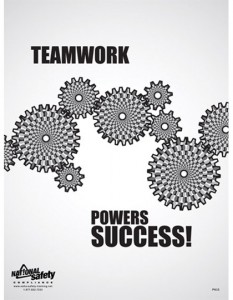Most of us visit our pharmacies on a regular basis – if you don’t, you are very healthy, and lucky! We depend on our pharmacist to ensure that the medications we take are safe. First, how on earth they are able to read the doctor’s prescription is amazing! (I used to wonder if they taught doctors how to write in some unintelligible script while they were in medical school). Pharmacists and their technicians must understand the doctor’s order, enter it accurately into the computer record, identify potential problems with the prescription that the physician may have missed, pick the correct drug and strength from their supply, and place the drug in a container that has been correctly labeled for the drug. Most pharmacies use a system of checks and double checks designed to help optimize the safety of patients. It is also the responsibility of the patient to double check that you are taking the right dose of the right drug at the right time, in the correct way. It is your duty to read the instructions that your pharmacist gives you, along with your prescription. Here are some other tips about medications and your safety:
- Make sure that your doctor has provided enough refills until your next visit. Prescriptions and refills are valid for one year.
- Call ahead for refills. It should be ready within 24 hours or less.
- Be sure your pharmacist knows all the other medications and over-the-counter drugs you take. He /she can identify potential drug interactions.
- Check your medications to be sure they are imprinted with some identifying marks.
- If you take certain drugs over a long period of time, know what each one looks like.
- Some generic pills are all white and look alike, so be sure you look closely to ensure you aren’t taking two of the same pill.
- Confirm your child’s medication dose with your child’s doctor and/or pharmacist. Most drugs’ dosages are based on weight and pediatric medications are at high risk for dosage errors.
- Be sure you understand why your physician prescribed every medication you take.
- Know the brand name (the name given to a medication by the manufacturer), and the generic name (the chemical name of the medication.)
- Many times your pharmacist can confirm any side effects you may experience. (This is usually on the printout he gives you, but call him/her to be on the safe side.)
Be especially careful when dispensing medicine to small children. Pay attention to any recalls of pediatric medications, as it does happen. Keep medicines out of the reach of children, and pets. A curious kitty or pup can get into things that can be harmful to them. Our grandpug, Truman, knocked over a bottle of dog pills one time, and all five dogs had to be taken to the vet; three had to have their stomachs pumped! Truman isn’t too trustworthy, he’s sweet, but he gets into things that are not his business.
Keep a list of your medications and the times of day you take each medication. This drug list and schedule for doses is critical in keeping your medications organized. The use of a pill holder really helps for a daily schedule.
Lastly, every place of business should have first aid kits available, and over-the-counter medicines stocked for headaches, and other minor aches and pains, as well as bandages, etc. Texas America Safety Company (www.tasco-safety.com) has the very supplies that can complete your first aid needs for your employees. Mention you read this blog article, and receive 5% off your purchase!
Source: (NPSF) The National Patient Safety Foundation has been pursuing one mission since its founding in 1997 – to improve the safety of care provided to patients and is a central voice for safety.
